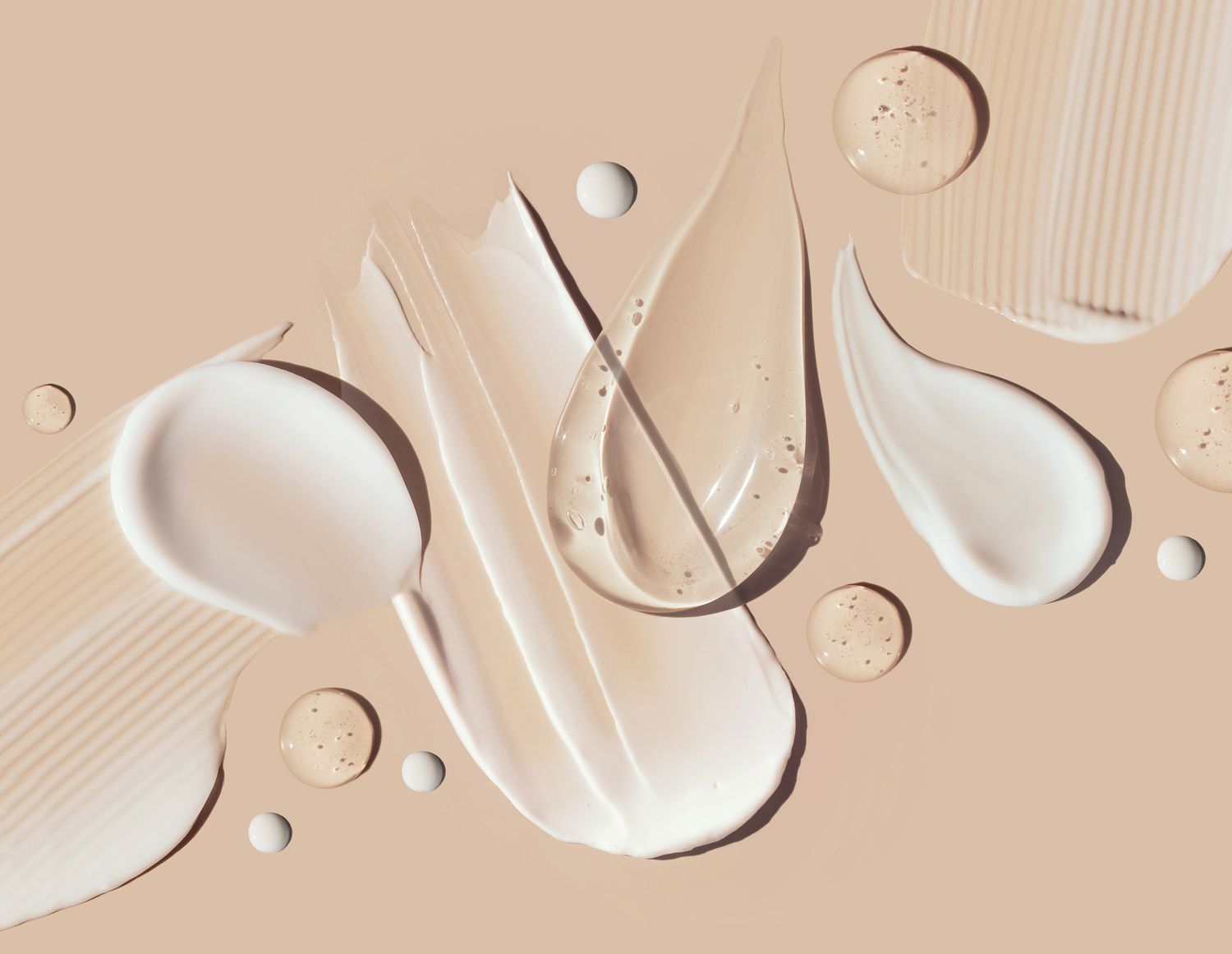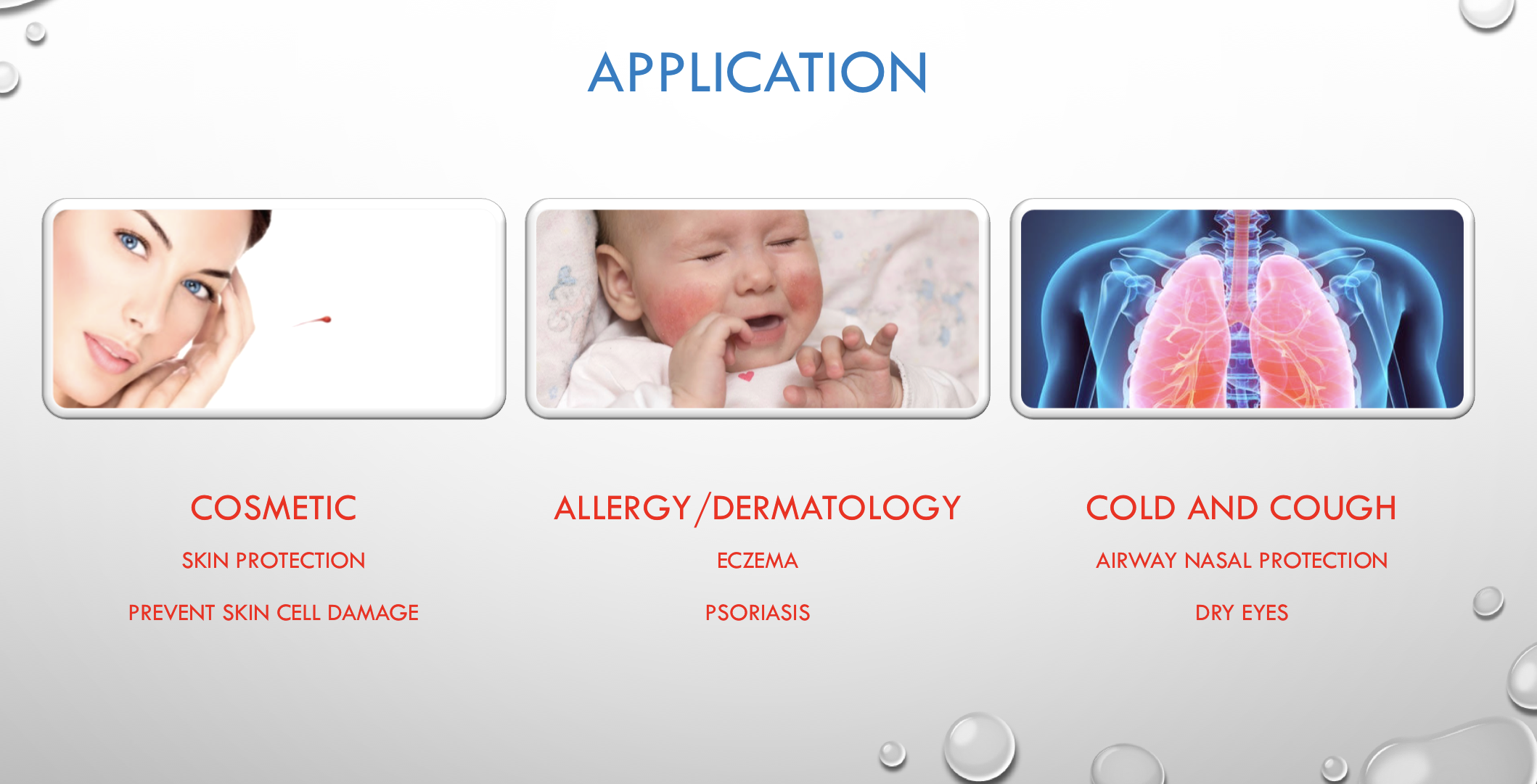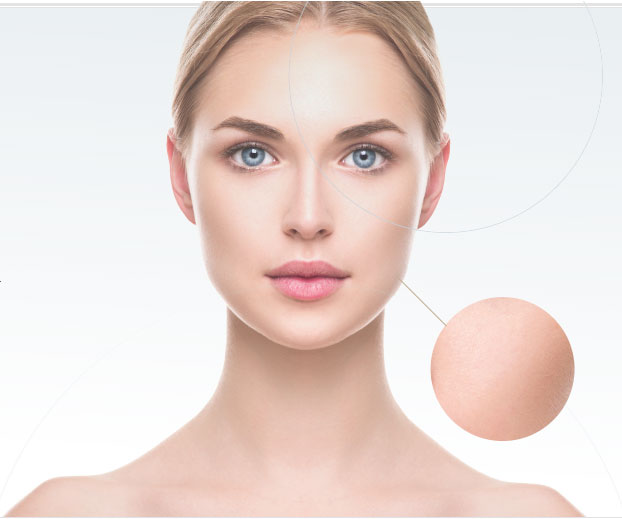Ectoine is also called tetrahydromethylpyrimidinecarboxylic acid. Ectoin protects halophilic bacteria from harm. It has two major functions: 1) Moisturizing: It is an important substance for maintaining osmotic pressure balance. Its unique molecular structure has strong water molecule complexing ability, which can make the cells The free water is structured and is an excellent natural moisturizer. 2) Repair: Ectoin can resist the damage of ultraviolet rays to the skin and repair cell DNA damage caused by ultraviolet rays.

The chemical formula of Ectoine is 2-methyl-1,4,5,6,-ectoine-4-carboxylic acid, also known as ectoine, which is a new type of water-soluble peptide discovered in 1985. Zwitterionic amino acid derivatives. In 1985, Galinski first identified and isolated ectoine from halophilic bacteria by nuclear magnetic resonance and mass spectrometry. Under high salt concentrations, Ectoine acts as an osmotic pressure compensating solute and accumulates in large amounts in some halophilic bacteria to resist changes in the high osmotic pressure of the external environment.
Efficacy and role
Ectoine is a natural and effective cosmetic active ingredient. Because it has a wide range of cell protection functions, it can be used in a variety of cosmetics with different functions. Ectoine has moisturizing, antioxidant, photoaging protection, sun protection and other functions. Good moisturizing properties: Pretreating the skin with Ectoine can reduce skin damage caused by dehydration; one molecule of Ectoine can complex four or five water molecules and structure the free water in cells. Compared with glycerin, ectoine is more moisturizing to the skin. Relevant data show that Ectoine can continuously improve the skin's moisturizing and water-holding capacity during the application period.

The skin's water-holding capacity will not decrease immediately after discontinuation of use. After a week of discontinuation, the skin's water-holding capacity is still higher than that of the control group. Antioxidant efficacy: Clinical trials have shown that ectoin can prevent the weakening of the antioxidant capacity of cells with age and has a certain antioxidant capacity. Experimental data shows that the mixed use of 0.1mMEctoine, 0.5mM medicine and 1.5mM mannitol can reduce the single-strand breakage of human glial cell DNA under 400-800nm light source, reduce the intensity of ROS oxidation reaction, thereby reducing light oxidation of the skin. harm. Immune system protection Langerhans cells in the epidermis play a key role in the skin's immune system, but they are very sensitive to ultraviolet pressure.
Ectoine can prevent the number of Langerhans cells from being reduced by ultraviolet radiation, allowing the skin's immune system to maintain normal functioning. Protection from photoaging and sun protection Skin aging is not only the result of the passage of time, but one of the important external factors is ultraviolet rays, especially UVA (320-400nm). In the entire ultraviolet band, UVA has the longest wavelength and the lowest energy. However, unlike UVB, the change in UVA content in sunlight is very little affected by latitude, time period, weather and season.
Therefore, the UVA exposure received every day and every year Doses are almost fixed and continue to accumulate in large amounts throughout our lives.
Usage:
Ecdoine has moisturizing and repairing functions and is widely used in the field of skin care products to improve skin tone.
Preparation method
At present, Ectoine is mainly extracted from halophile strains. The industrial technology of using halobacteria to produce ectoine has been established. This technology uses high concentration of glycerol as the carbon source and uses a This process is called "bacterial milking". The "bacterial milking" process is that halophilic bacterial strains grow and reproduce in high-concentration (such as 100g/L) salt culture fluid. Ectoine serves as a osmotic pressure compensation solute and accumulates in large amounts in some halophilic bacteria to resist the external environment.

Changes in high osmotic pressure; when the cell concentration reaches the highest level, the salt concentration suddenly drops from a high concentration (such as 100g/L) to a low concentration (such as 20g/L). When stimulated by hypotonicity, the bacteria can instantly Ectoine accumulated in cells is released to the outside world to avoid cell expansion or breakage due to a decrease in environmental osmotic pressure. Finally, Ectoine can be further purified through filtration, crystallization and other technologies to obtain Ectoine. Literature shows that using the above method, approximately 2g Ectoine can be obtained per liter of culture fluid per day. Bioactive Ectoine is a natural cell protectant, an amino acid derivative produced by bacteria living in extremely harsh environmental conditions. Ectoine is used as an osmoregulation compatibility solute to increase hydration on the skin surface and stabilize the lipid layer, and is commonly used in skin care. Ectoine has a good safety profile and can be used to study allergic rhinitis.
What Other Ingredients Does Ectoin Work Well With?
Consider ectoin like the UN of skincare ingredients—it plays nicely with almost all other actives. “It’s great to combine it with potentially-irritating ingredients like retinoids and hydroxy acids,” notes Dr. King, as ectoin’s hydrating and protective effects can help combat and minimize the likelihood for any irritation or redness.2 “The benefits of ectoin can also be amplified by ingredients with humectant properties, like hyaluronic acid and glycerin, or ingredients that also help to strengthen the skin barrier, like ceramides and peptides. These work well together to protect the skin and boost hydration,” adds Dr. Palm.
Who Should Consider Using Ectoin?
Here’s some exciting news—both dermatologists we score with underscore the fact that ectoin is generally very well-tolerated by almost anyone and everyone, no matter your skin type, so you don’t really have to stress about side effects (though it’s especially ideal if you’re battling dry and/or irritated skin). That being said, an allergy to the ingredient is still possible, so it’s best to do a patch test with any new skin care product.
Pls contact Alisa via sales02@imaherb.com for price and COA details
Post time: Mar-29-2024




